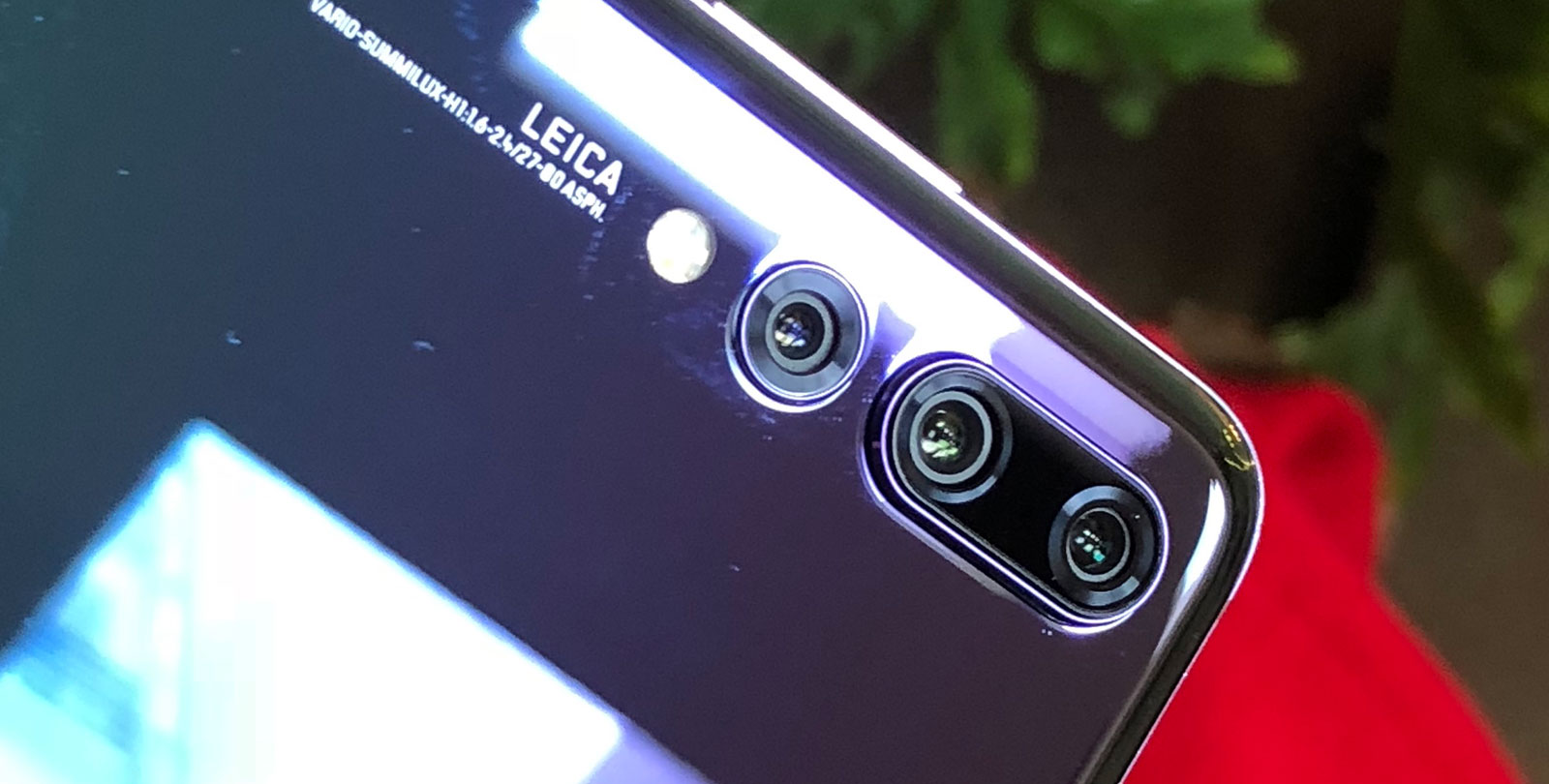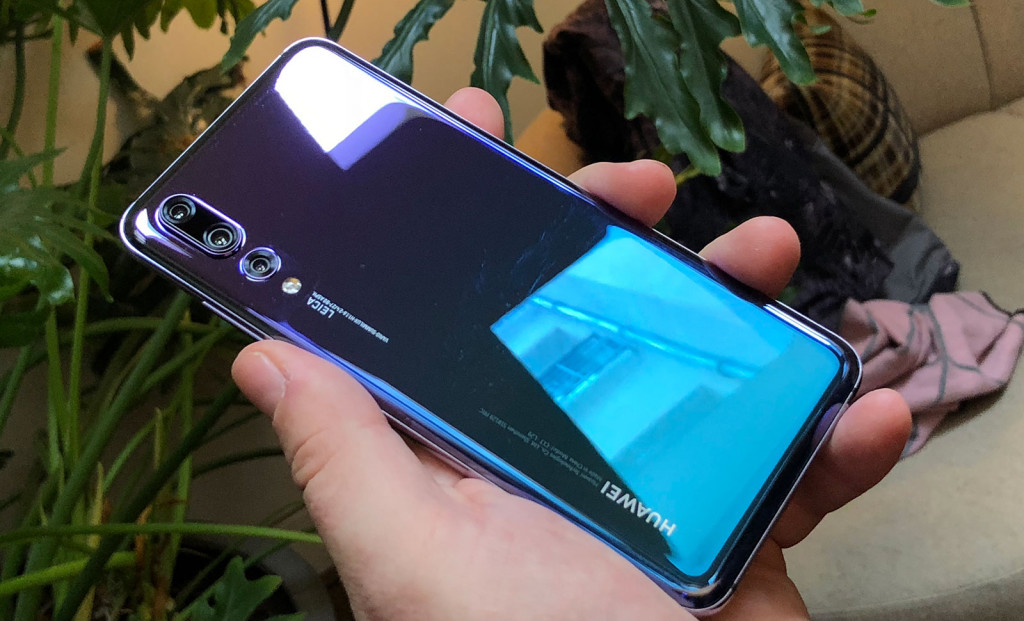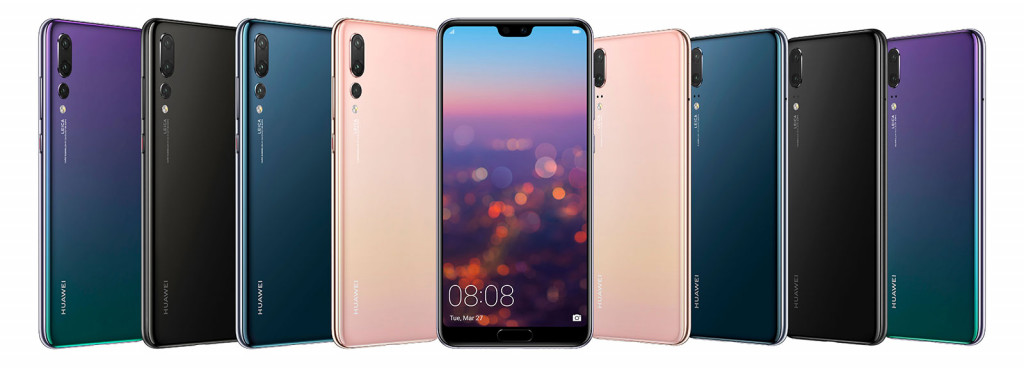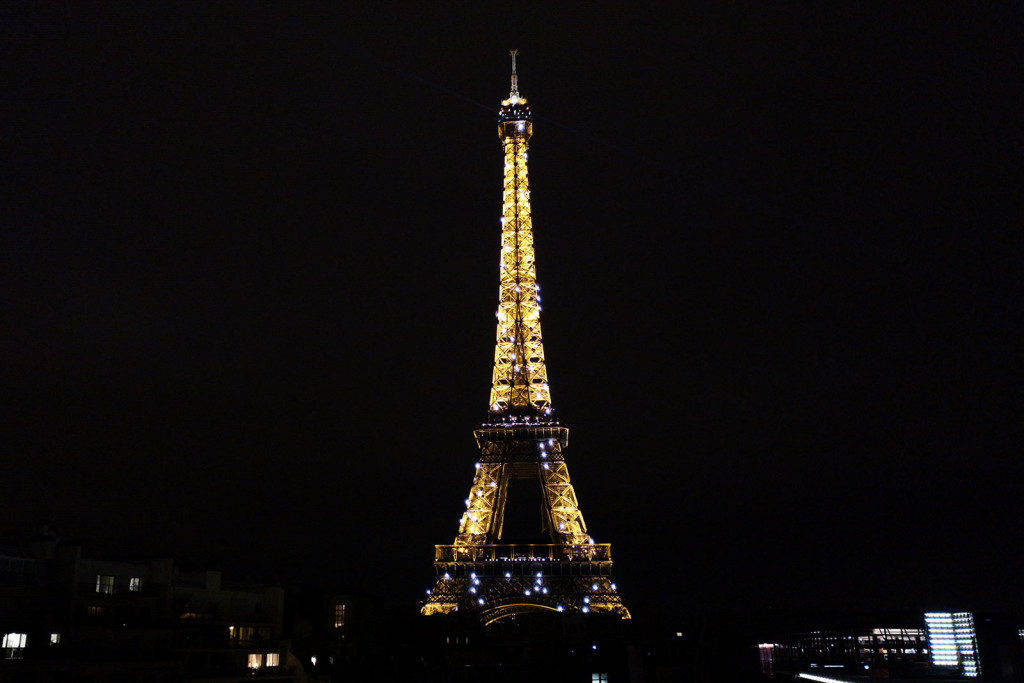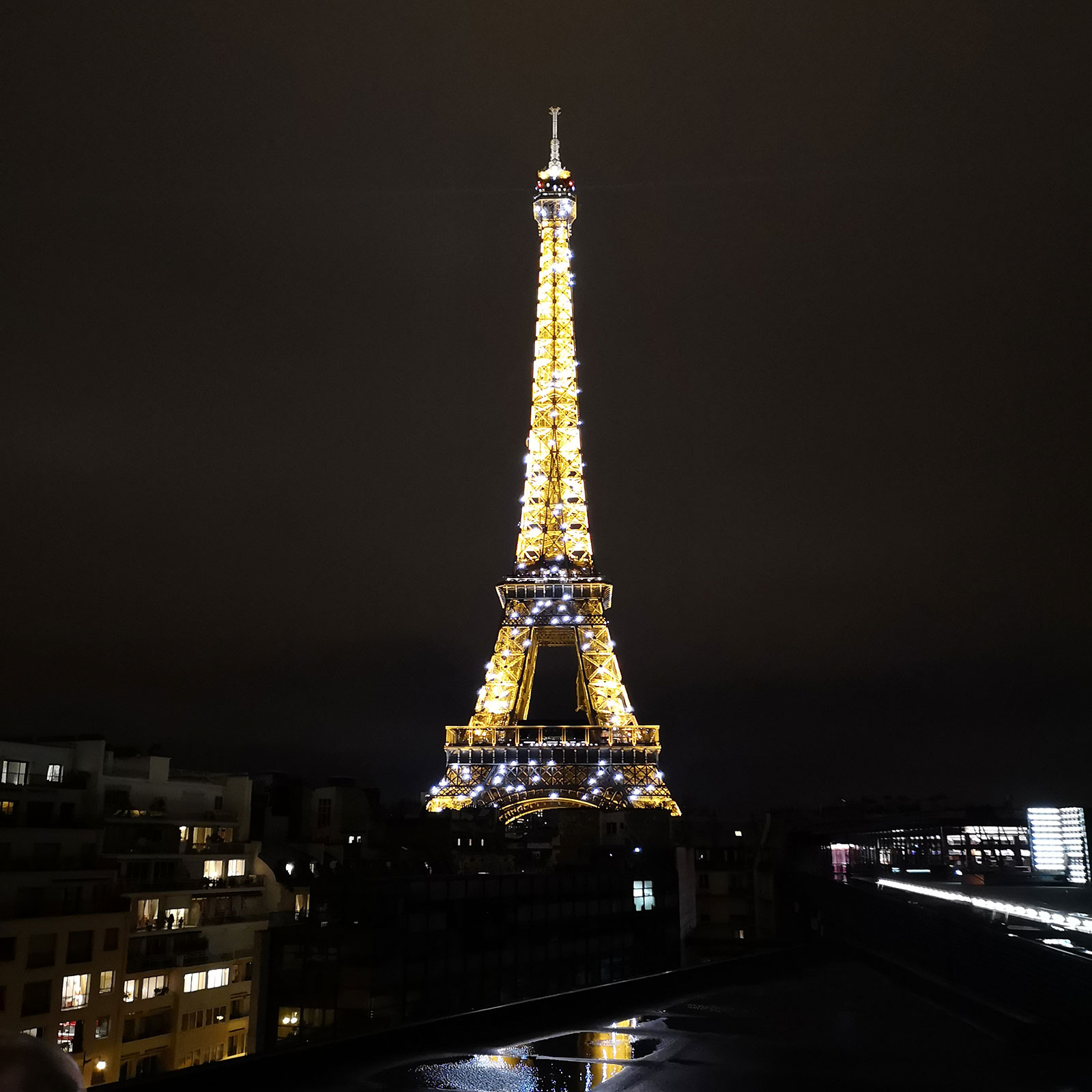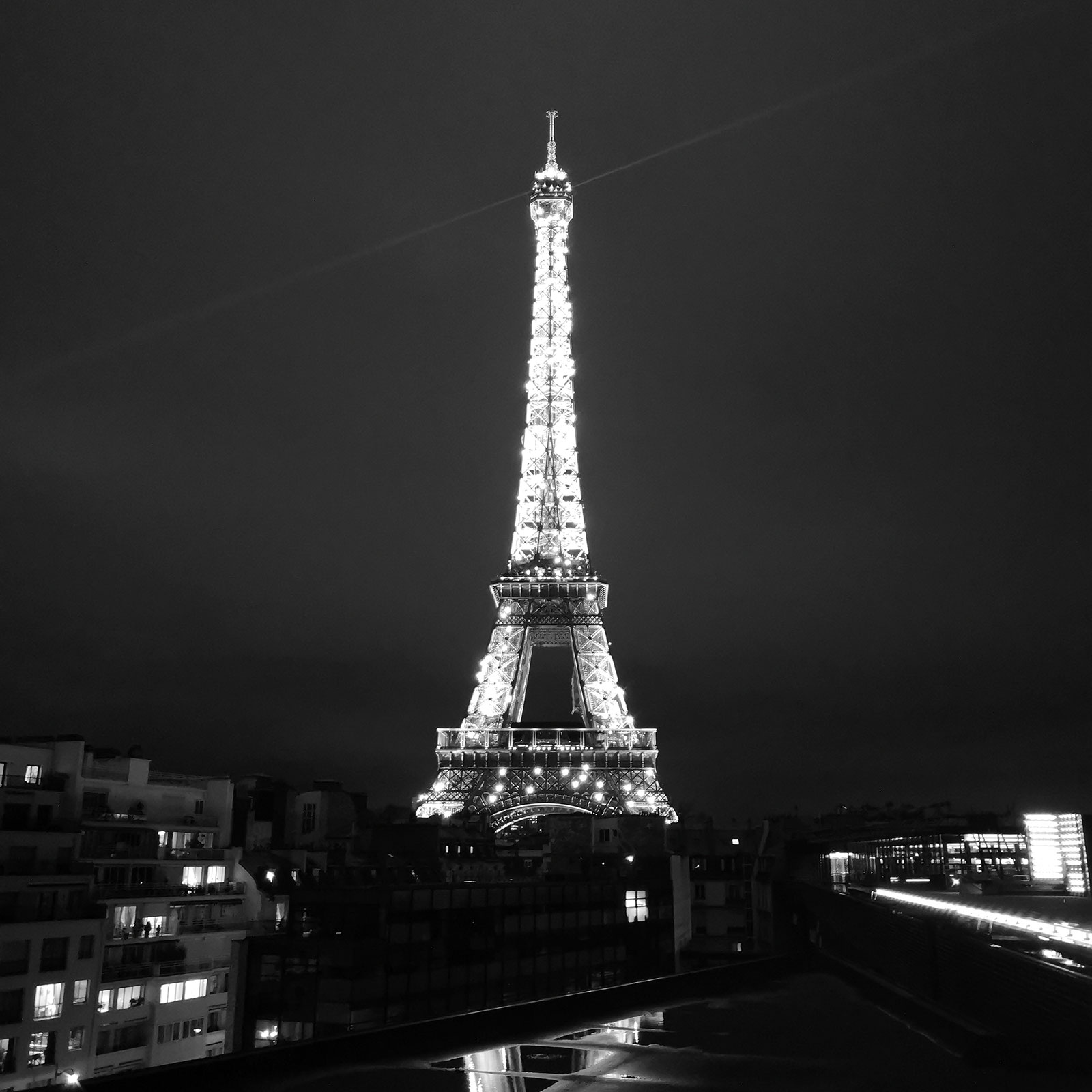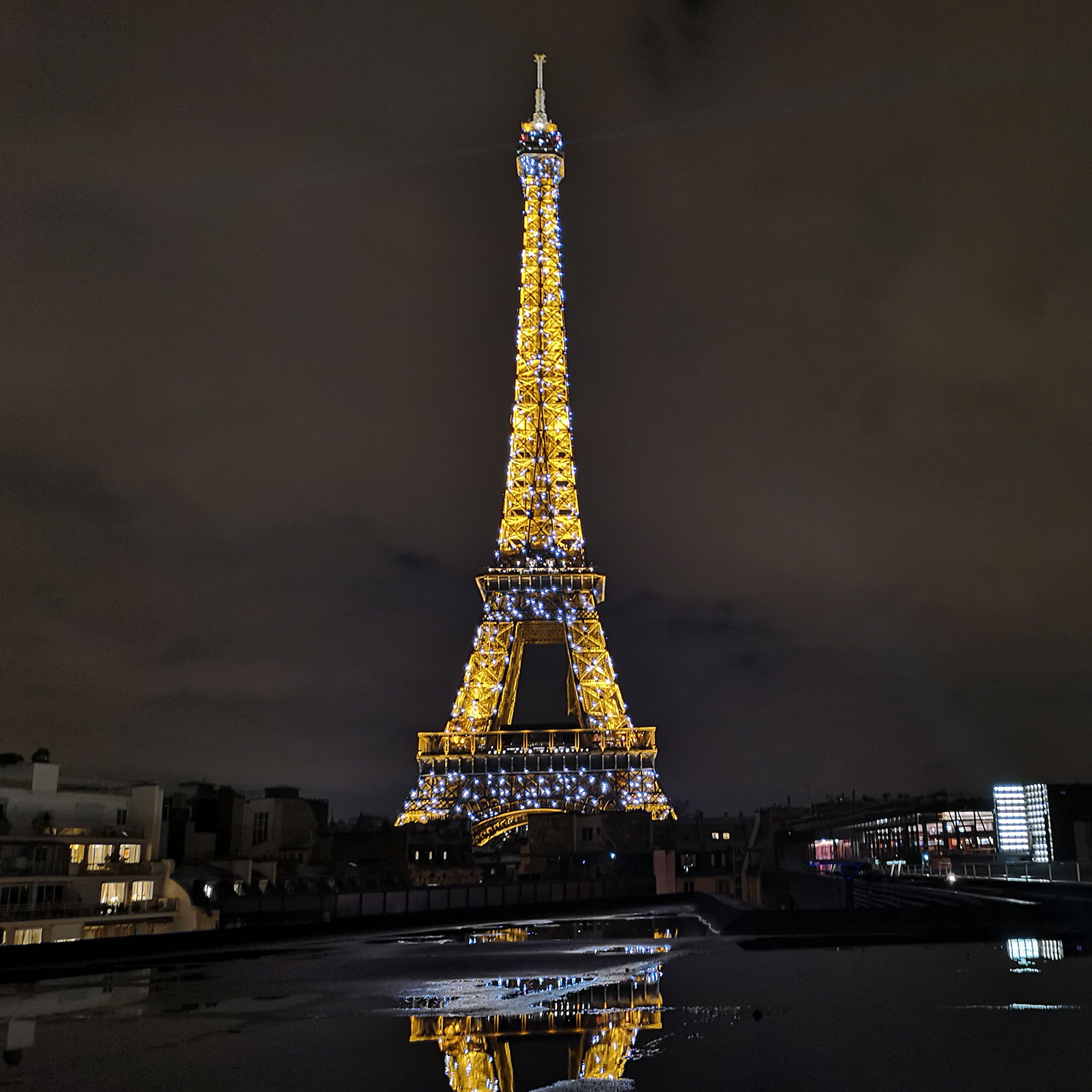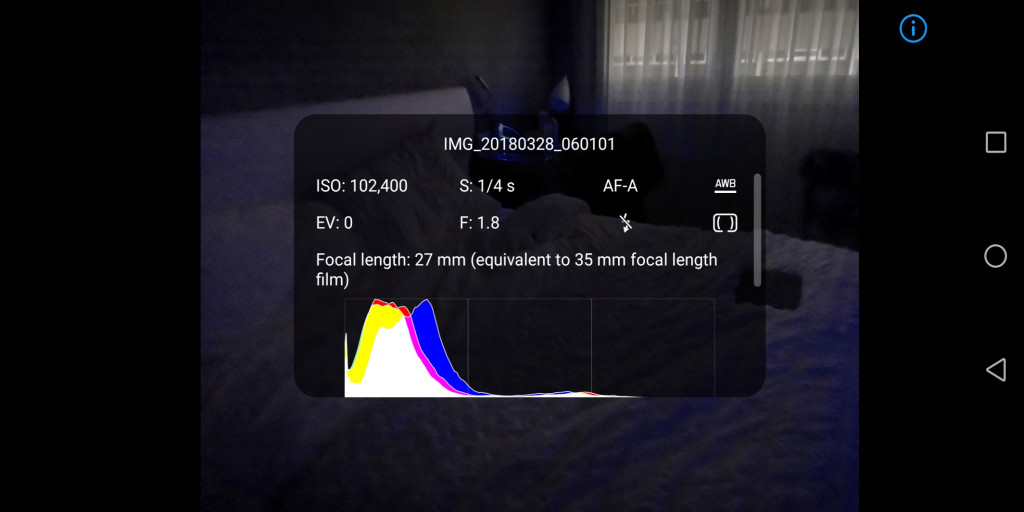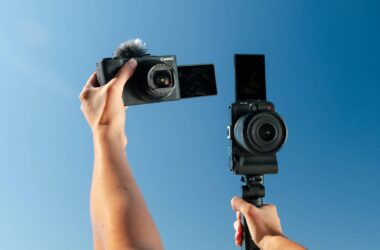The biggest feature on any smartphone is the camera, but it’s not just about getting closer, and this year Huawei will show why light matters so much.
There’s little doubt that our smartphone cameras are getting more and more exciting. With the introduction of the dual-camera smartphones, cameras-to-go started to truly intrude on the space dominated by compact cameras.
The basic camera had already seen its market share chewed up as phone cameras churned out better results, but phones before the likes of the iPhone 7 Plus couldn’t let you get closer, so they were safe.
And then they weren’t, as devices like the iPhone 7 Plus, Galaxy Note 8, iPhone 8 Plus, iPhone X, and Galaxy S9 Plus started to show the world that zoom could be provided by a thin smartphone, putting cameras once again on notice.
But there’s more to photography than distance, because photography isn’t about how close you get, but rather the rules and balancing act that the whole field is truly about. To really understand photography, you have to break up the word:
photograph
Why light is so important
The etymology of the word “photography” is Greek, and photo means “light” while graph translates to “drawing“, with photograph being a “light drawing”, so to speak.
It is, by the way, as photography balances light in conjunction with other factors, such as depth, speed, contrast, and composition.
Photography is a balancing act of things that light affects, and to make a better camera, you actually have to go back and understand light, which is exactly what Huawei and Leica did for the P20 Pro.
Two years on from its first collaboration resulting in a monochromatic sensor and a colour sensor talking to each other for better results, the duo have looked at both new and past techniques, all the while being able to downsample larger imagery to make for better quality images in a smaller resolution.
That’s what you get in the P20 Pro, with three cameras revealing what might be a new camera revolution, not just because the features are so impressive.
Remarkably, Huawei’s P20 Pro provides staggering 40 megapixels to work with in colour, 20 megapixels in black and white, and an 8 megapixel camera for the telephoto lens. That’s just on the back, as there’s also a 24 megapixel sensor on the front, with the whole thing technically providing 92 megapixels all on the camera.
While the phone has 92 megapixels of support, you’re not going to fire up the total amount. Rather, you’re connecting some of the sensors and their results for better quality images overall.
Your 40 megapixel sensor is downsampled to 10 most of the time, giving you room to move and an ability to zoom closer, something Huawei and Leica have learned from Nokia’s PureView technology seen on the Lumia 1020, which offered a 40+ megapixel sensor and zoomed in by cropping down. There’s a telephoto camera offering 3X zoom on the P20 Pro, providing an 8 megapixel camera that gets closer and works with that 40 megapixel camera to merge the pixels for better results up close than your typical digital zoom might. And then there’s the monochromatic merging, something Huawei and Leica practically invented in the smartphone world, converging a colour and a black and white image for punchier contrast and deeper dynamics in an image.
In essence, the Huawei P20 Pro is about excelling the camera format past merely getting closer. It’s about understanding the essence of what makes a light drawing — what makes a photo — all about light itself.
So how does it do this?
Why the sensor is so important
Every digital camera captures its information to a sensor, a computer chip that essentially harnesses light and stores the imagery of what’s captured to memory. There’s more to it than that, but the easy way of describing a camera sensor is it’s the film that makes a digital camera work.
Analogue cameras had film, and digital cameras use sensors. The upside of this shift in technology is you don’t need to keep buying sensors to keep taking photos, but you do need to keep buying film if you want to take more photos on an analogue camera.
My my, how times have changed.
Most of this is common sense, however, and if you’ve grown up using a film-based camera, you know how much more convenient a digital camera is.
Newer digital cameras often drive this a little harder, because you get a new sensor and new features to make your camera better. But better sensors also have to be more than that, and sensor size plays a big part.
Much like in film, the larger amount of real estate a sensor can occupy, the more light can actually hit it. Think of this like your smartphone screen: if the screen is bigger, it’s also easier to see. The same logic applies to a camera sensor, because if a sensor is bigger, more light can hit it, and that gives a camera more to work with.
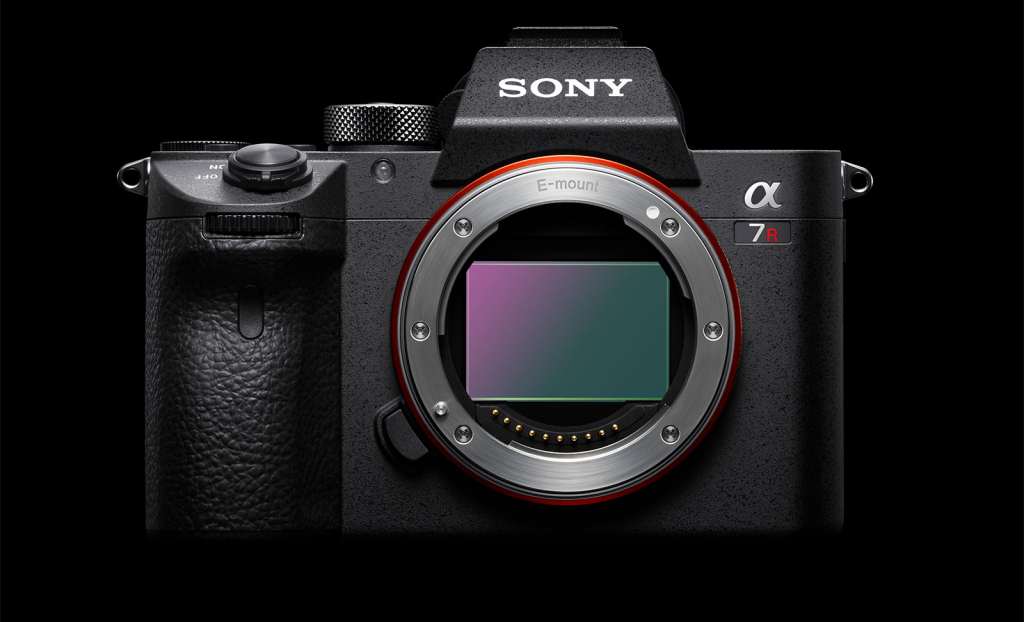
You see this on the bigger cameras of the world, leap-frogging each other in the massive interchangeable lens camera world to provide bigger sensors and more adaptability to light, and the same is true in phones.
Inside a phone, the sensor size is positively tiny. It has to be, too, because a phone is made to be small and thin, and so you can only fit so much inside of it. That means you’re talking micrometers rather than centimetres, things that make a difference to the build of a device.
In Huawei’s P20 Pro, the sensor is a little bigger, and there are also three of them: one really big one for colour, one kind of big one for black and white, and one perfectly good one for telephoto. The sensors are what matters, and they work in conjunction with Leica glass to provide better optics.
The sensors also have a high pick-up for low light, and this isn’t just from a larger sensor area, but more development into the technology, as well.
Specifically, Huawei’s P20 Pro has the ability to fire in the low light our eyes can sometimes have trouble with. It’s not completely pitch black, but the ISO rating of the Huawei P20 Pro is so high at ISO 102400, that it means the camera will respond similar in low-light to our eyes, allowing you to capture imagery that you might not otherwise see on other phones. It means the details that would normally be pushed to the back because another sensor couldn’t harness that part of the light and that amount of depth will be seen on the newer chip, and not so much the older phone.
Light matters when you happen to be capturing it, and the results kind of speak for themselves.
Huawei’s P20 Pro in action
We’re not folks who drink the Kool-Aid, and we’ll always call out technology for either not being ready or not working the way the company intends to.
We even have our doubts about the level of “professional” quality images Huawei’s AI engine on the P20 and P20 Pro will provide, though we’ll be testing it further.
However, there are things in the P20 Pro that genuinely are exciting, and the specs on paper make a difference. A low-light sensitivity that is comparable to a proper camera, a stacking bracketing mode for better low-light imagery, and a 40 megapixel sensor that can downsample itself to get high quality results; they’re features that get photographers excited, because it shows the phone will be thinking like a camera, and less like a phone. That’s a positive step, by the way, and Huawei isn’t alone, with Samsung’s aperture-variable Galaxy S9 and S9+ executing another neat trick by emulating how the human eye works with two aperture stops in those phones.
But the proof is in the pudding, and testing the phone from Huawei’s launch event in Paris did reveal some impressive shots, of which we’re going to leave the full-resolution images online just in case you’re keen to see them.
Checking out the beauty that is the Eiffel Tower in the blistering cold of a five degree evening not including wind chill, we braved the temperatures to fire off a few photos, allowing the colour photo mode, the monochrome photo mode, and the bracketed night mode to all show what the Huawei P20 Pro camera can do, and my it’s impressive.
Of particular note is the 40 megapixel image that came out of the camera, revealing lovely detail of the water reflecting the image of the tower. Not to be outdone, the 20 megapixel black and white shot doesn’t lose the background to the blacks, even if we could have controlled it to do that (we did earlier in another test). And then finally in the bracketed night mode, layered images handled by the P20 Pro provide a beautifully rendered HDR image that was fast and clear. (Editor’s note: we’ve linked to our full images in this paragraph, so if you plan to use them on your own web host, please attribute them to pickr.com.au, as these are not free to take and use without credit!)
It’s hard not to be impressed by what these combined sensors are doing, and the story continues when you try to hit the full limit of the low-light technology.
Sufficed to say, it’s not easy, and until an upcoming firmware update hits (we confirmed with Huawei), you won’t be able to tap into the ISO102400 by hand.
But it is there, and if you switch off all the lights and go to a level of black even you will have trouble seeing in, the camera can do its job. There’s a full image for you to check out, revealing not just the humdrum early morning pitch black of this journalist’s hotel room, but also what the highest ISO on any smartphone to date looks like at 10 megapixels.
Where we go from here
All of this is impressive, and it reveals that Huawei and Leica are effectively challenging the preconceived notion that an improved camera is more than just about getting a better portrait or a closer image.
Rather, it’s about the roots of photography itself. This is about light, plain and simple, and the camera’s ability to adapt to it.
While the megapixel wars made cameras and phones stuck in a battle fighting for overall supremacy, we’ve moved past that (thankfully), and are now where we should be: technology.
Huawei and Leica have fired the first shot, revealing a more impressive DxO mark than any other camera to date and towering over the competition, something you can see from our early results. Now the ball’s in everyone else’s court.
UPDATE (May 8): We’ve put the full review of the Huawei P20 Pro online, complete with photos to help you get the full picture. Check it out!
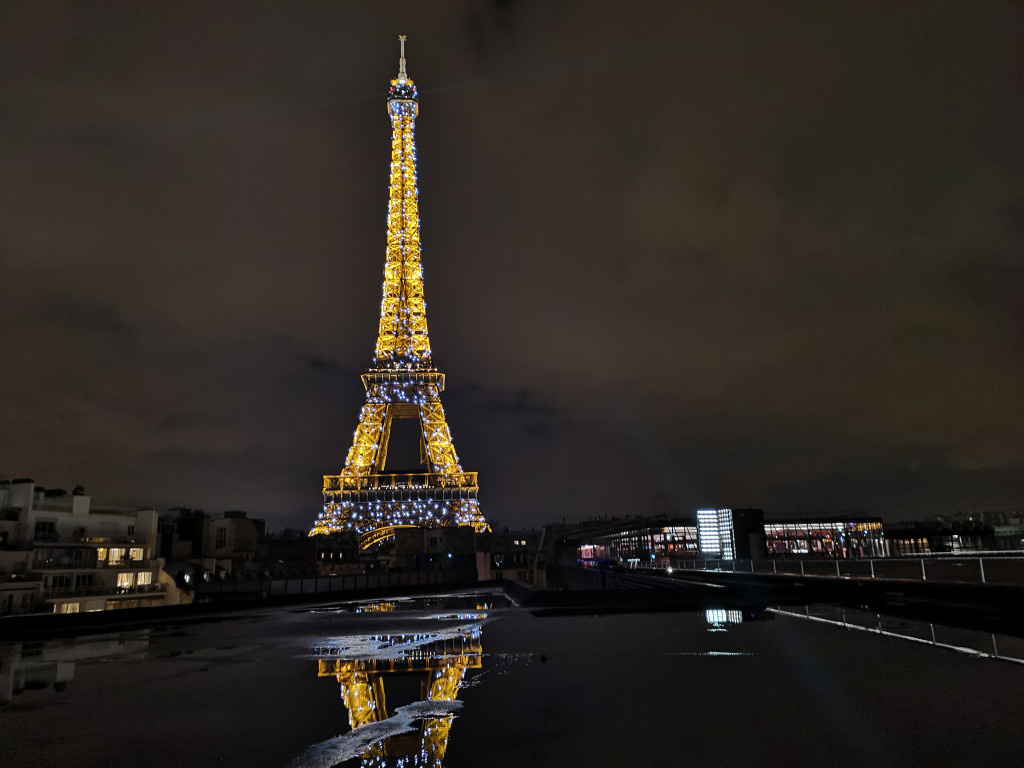
Leigh Stark was flown to Huawei’s P20 launch in France courtesy of Huawei Australia.


